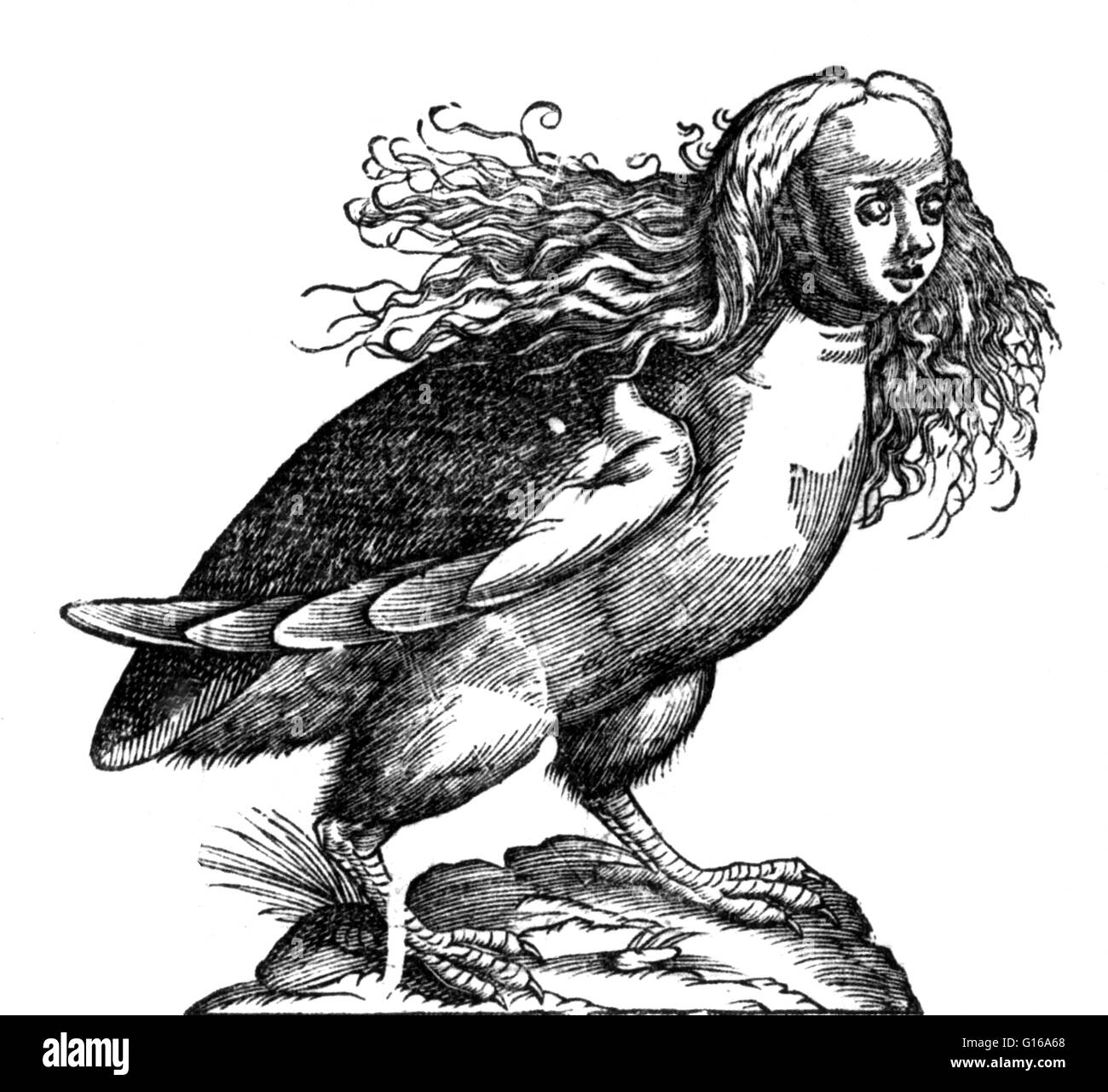A harpy in Ulisse Aldrovandi's Monstrorum Historia, 1642. In earlier versions of Greek myth, Harpies were described as beautiful, winged maidens. Later they became winged monsters with the face of an ugly old woman and equipped with crooked, sharp talons.

Image details
Contributor:
Science History Images / Alamy Stock PhotoImage ID:
G16A68File size:
46.2 MB (1 MB Compressed download)Releases:
Model - no | Property - noDo I need a release?Dimensions:
4200 x 3848 px | 35.6 x 32.6 cm | 14 x 12.8 inches | 300dpiPhotographer:
Photo ResearchersMore information:
This image could have imperfections as it’s either historical or reportage.
A harpy in Ulisse Aldrovandi's Monstrorum Historia, 1642. In earlier versions of Greek myth, Harpies were described as beautiful, winged maidens. Later they became winged monsters with the face of an ugly old woman and equipped with crooked, sharp talons. Often described as a ravenous, filthy monster having a woman's head and a bird's body. The literal meaning of the word seems to be "that which snatches". They were vicious, cruel and violent. They were agents of punishment who abducted people and tortured them. They lived on the islands of the Strophades. They were usually seen as the personifications of the destructive nature of wind: Aello (storm swift), Celaeno (the dark) and Ocypete (the swift wing). They are best known for constantly stealing all food from Phineas.